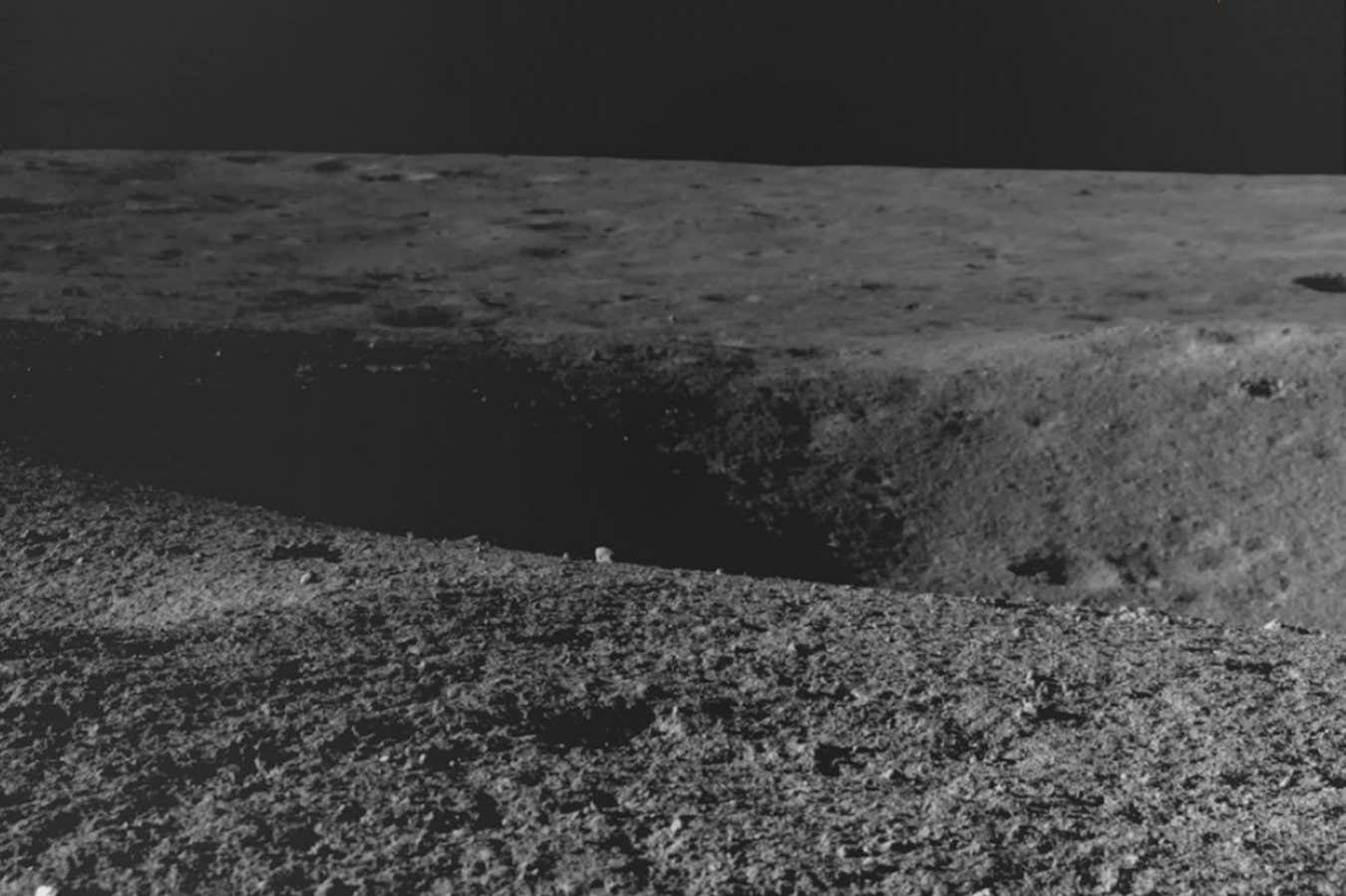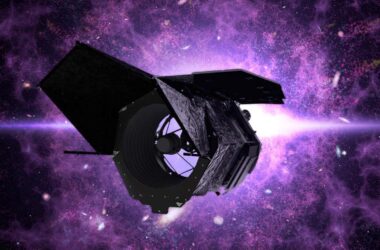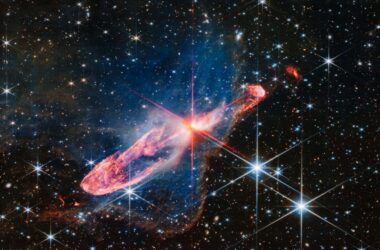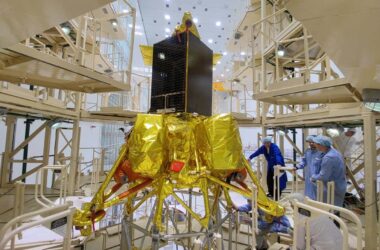India’s moon rover, Pragyan, has successfully navigated around a small crater and continues to explore uncharted territory near the south pole of the moon. The rover, weighing just 26 kilograms, rolled off the Vikram lander and onto the lunar surface four hours after the Indian Space Research Organisation (ISRO) spacecraft landed on August 23. On August 27, the rover encountered a 4-meter-wide crater, prompting a change in its course. The rover is now safely heading on a new path, according to a tweet by ISRO on August 28.
Meanwhile, the Chandrayaan-3 mission has also provided its first scientific data. A device on the lander, called ChaSTE (Chandra’s Surface Thermophysical Experiment), sampled the temperature of the moon dust below the surface. The temperature at a depth of 20 millimeters was around 40°C, but decreased rapidly due to the poor thermal conductivity of the dust. At a depth of 80 millimeters, the temperature fell to -10°C. This temperature profile suggests the possibility of liquid or frozen water beneath the moon’s surface, which has significant implications for future crewed missions, such as providing drinking water for astronauts and creating breathable oxygen and rocket fuel.
John Bridges, a scientist at the University of Leicester, UK, cautions that due to the low pressure on the moon, it is unlikely to find liquid water near the surface. However, at greater depths, the pressure could rise enough to allow for the existence of liquid water. Bridges emphasizes that it is still too early to draw conclusions from the readings obtained by Chandrayaan-3.
The lander and rover of the Chandrayaan-3 mission are expected to operate for one lunar day, which is equivalent to 14 Earth days. This limited operational period is determined by the sunset, which cuts off the energy supply from the solar panels, and the extremely low temperatures the equipment must endure overnight, dropping as low as -238°C.
Engineers at ISRO are confident that the rover and lander will revive after the coming lunar night, despite the challenges. If the hardware is undamaged, both the rover and lander can resume transmission with Earth after booting up and harvesting solar power. The mission’s focus is currently on rover mobility and payload operations, which will continue for the next seven days before the systems go to sleep when the sun sets again.
Insights:
- Chandrayaan-3’s moon rover, Pragyan, successfully navigated around a small crater, demonstrating its ability to adapt to the lunar surface.
- The mission’s first scientific data suggests the presence of water beneath the moon’s surface, indicating potentially useful resources for future crewed missions.
- John Bridges from the University of Leicester raises doubts about finding liquid water near the surface due to the moon’s low pressure, but acknowledges the possibility at greater depths.
- The lander and rover are expected to revive after the lunar night, assuming no damage from the extreme cold, and resume transmission with Earth.








